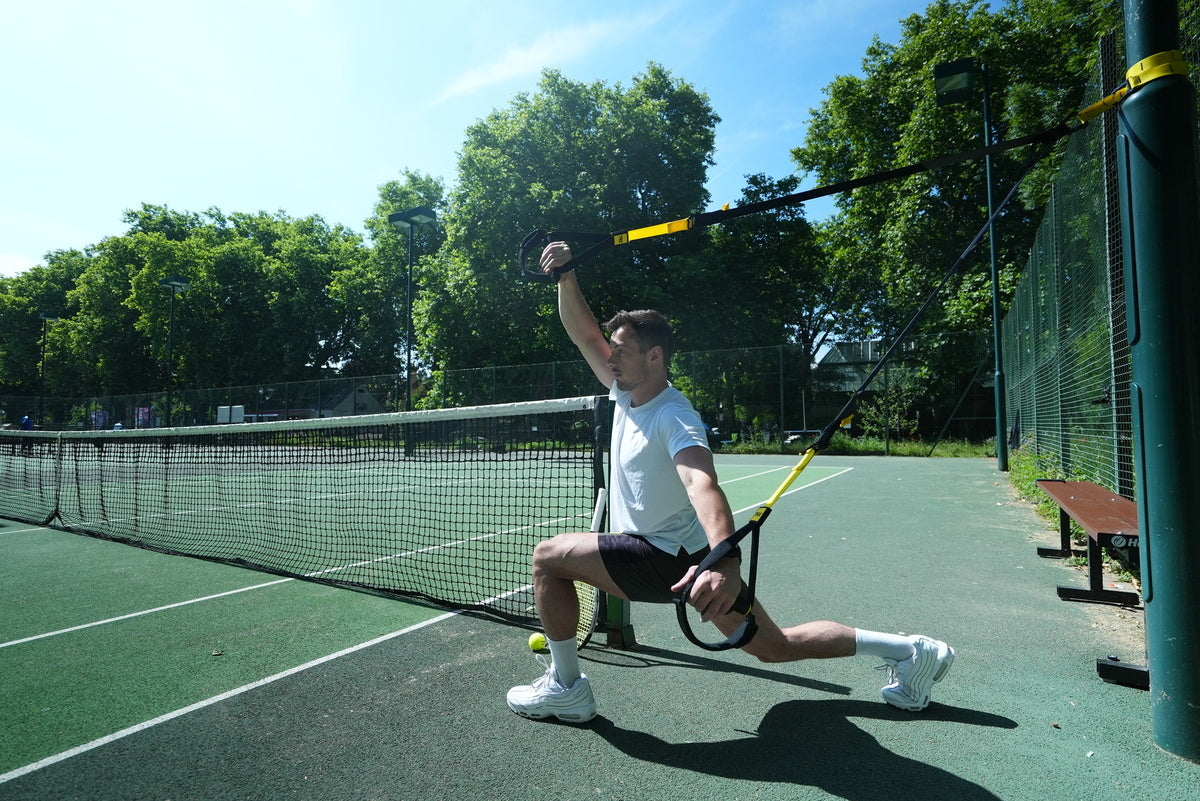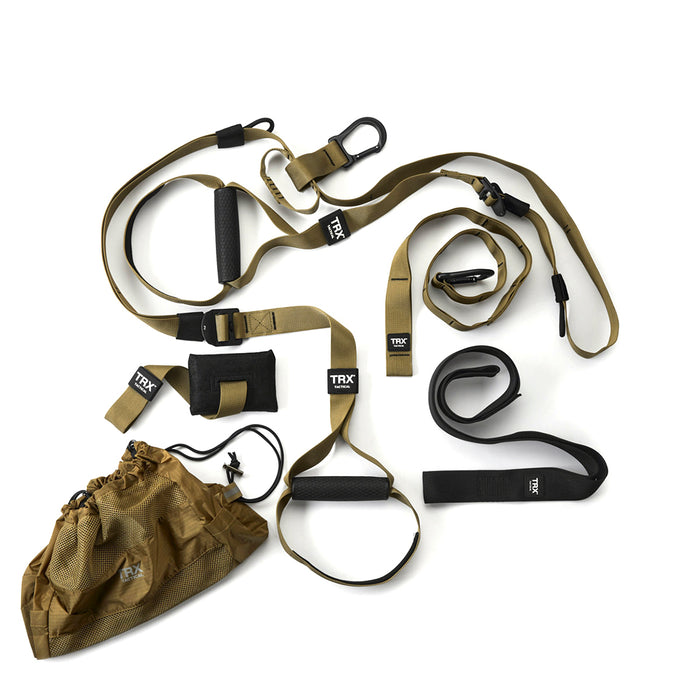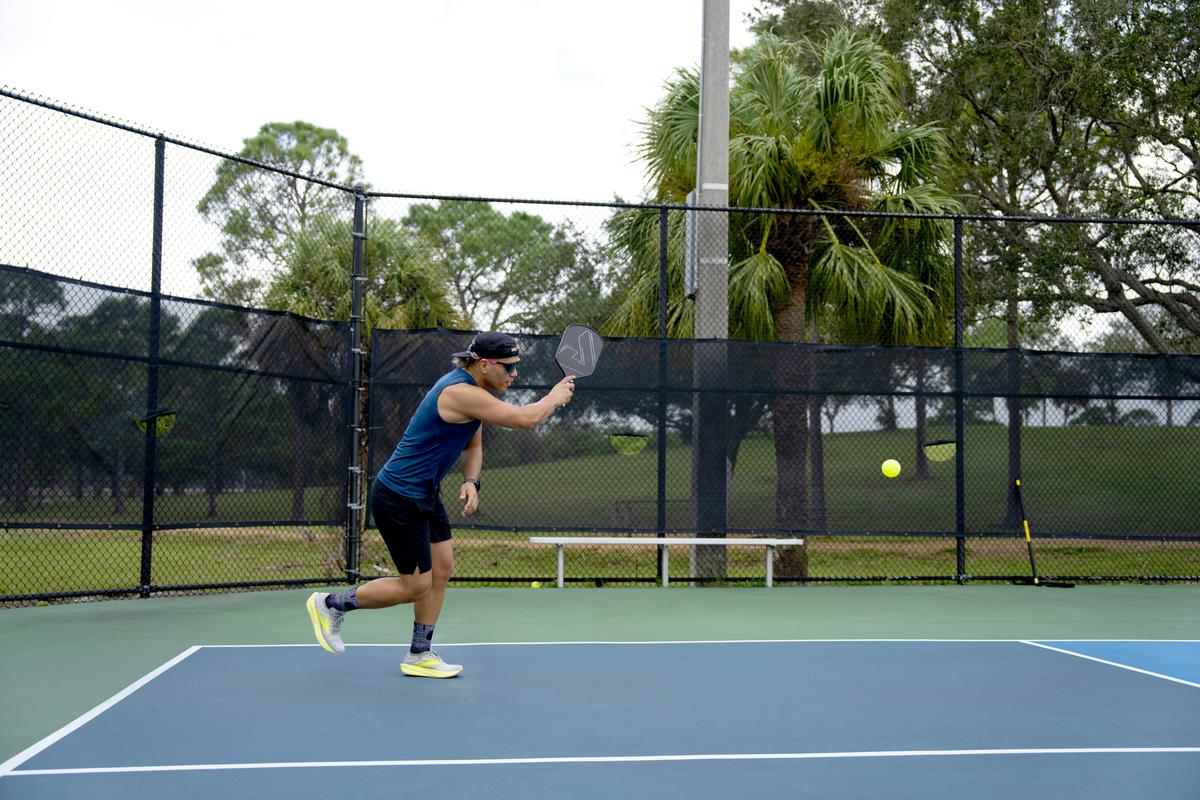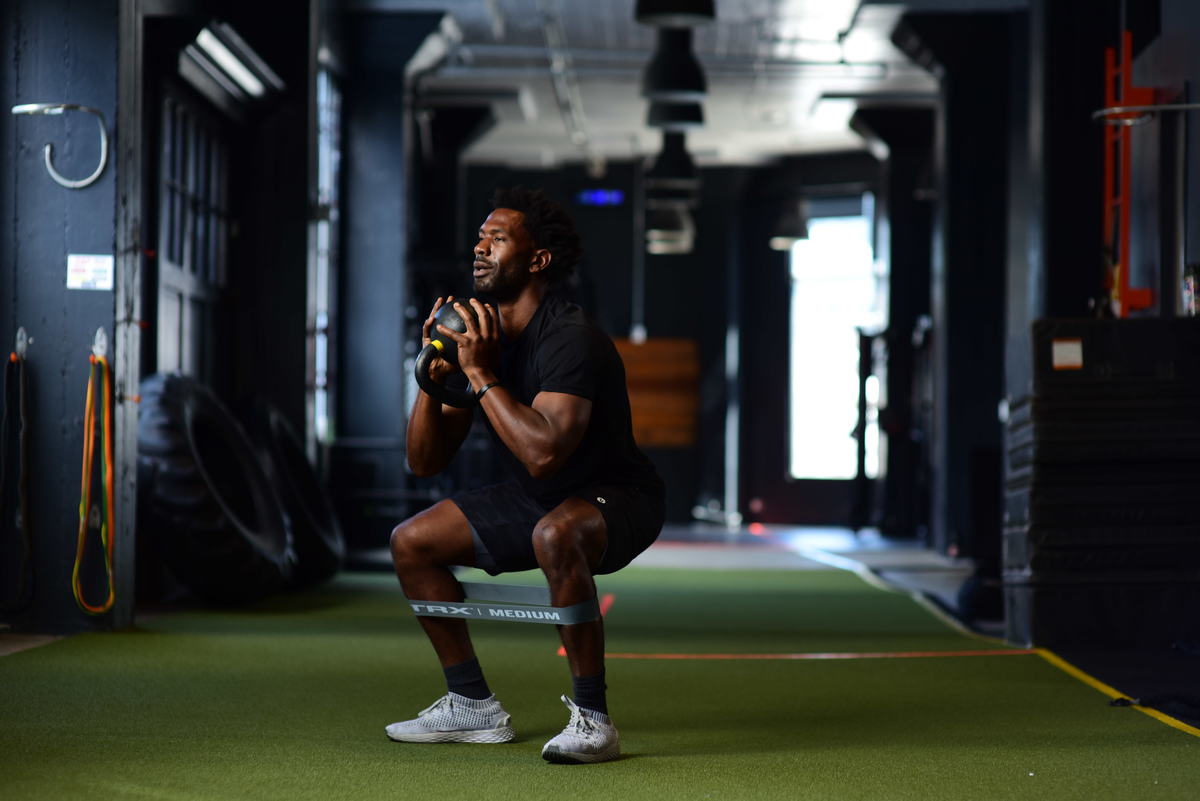In the world of tennis, agility, strength, and endurance are paramount for achieving peak performance on the court. Whether you're a seasoned pro or a weekend warrior, mastering the right exercises can make a world of difference in your game. In this article, we’ll take a look at the best exercises for tennis that will help you enhance your skills and dominate the court. Get ready to take your tennis prowess to the next level. Let’s get started!
What Muscles are Important for Tennis?
Tennis is a sport that involves multiple high-speed, explosive bursts and changes of direction (4-10 seconds of work, followed by 20-30s between points), performed for an undefined amount of time; meaning that there is no game clock and ends only when one opponent wins. This can result in matches lasting as little time as an hour, to up to five hours at Grand Slam tournaments where players play best-of-five sets. As a result, there are specific considerations one should be mindful of when considering fitness/strength & conditioning for tennis.
Because tennis players run an average of 3 meters per shot, make between 3 and 7 directional changes per point, and cover an average of 8-15 meters per rally, the lower body must be explosive, strong, mobile, and tolerant to repetitive loads and changes of direction. Additionally, the literature tells us that the lower extremity is the most commonly injured area of the body for tennis athletes.
Throughout the course of a match or practice, players can hit hundreds of serves or groundstrokes (forehands/backhands). During the service & groundstroke motions, the athlete transmits forces from the ground, up through the legs, trunk, and ultimately the arm & racket head. Rotation and take-back motions take place at the trunk and shoulder girdle, followed immediately by rotation and following through the ball.
The trunk must be able to maintain stability & postural integrity, while both resisting and creating rotational forces. Because the arm comes forward through the ball and across the body during the follow-through, the posterior shoulder girdle is subject to repetitive eccentric stress. It is important to be mindful of these considerations when considering exercise selection for tennis athletes.
The Best Tennis Exercises to Add Today
Our tennis exercises below are meant to help with every aspect of your game. We have exercises focusing on grip, explosiveness, lateral movements, and more. For a full breakdown, take a look at other complementary movements like grip strength exercises.
10. Back Extensions
Tennis players may possess up to a 2:1 flexion-to-extension strength ratio, and generic low back pain can be common among regular players. Therefore, making sure the posterior chain and lower back are strong is crucial.
Using a back extension machine, think about hinging at the hips and pushing the glutes back to the wall behind you while maintaining stability and stiffness in the trunk.
Squeeze the glutes to return to the start position, with a straight line from shoulders to ankles, being careful to not over-extend and arch the back.
9. Copenhagen Planks
This is a phenomenal bang for your buck exercise which targets lateral core stability and adductor strength. The adductors are a common area of stress/pounding in tennis players, so I’ll have my athletes do these regularly.
These can be performed either short or long lever. For entry-level progressions, keep the top knee bent and place it on top of the elevated surface. For an advanced, long lever progression, keep the top leg straight and the inside of the lower leg on the elevated surface
8. Medicine Ball: Split Stance Rotational Slams, Open & Closed Stance Throws
Explosive power, rotational control, and rotational power in tennis-specific foot positions
Split Stance Rotational Slams: Will force you to maintain stability through the lower extremity in a split stance position, while producing force away from the center of mass.
Open & Closed Stance Medicine Ball Throws: Will map directly to tennis because of the specific foot positions. Medicine balls are great for loading the legs/hips, and producing rotational force as you release the ball to a partner or wall.
7. Yoga Push Ups
Upper body pushing, core strength & stability, scapular movement & upward rotation
Make sure you’ve mastered the standard bodyweight push-up first.
Once you’ve reached the top position of the push-up, drive the hips up while keeping the legs straight. Simultaneously think about reaching the arms forward.
Lower hips down and return to a strong plank position before performing the next repetition.
6. TRX Body Saw
TRX exercises are effective for tennis and the body saw is one of these examples. TRX body saws are movements built to eccentrically overload the abdominals and challenge anti-extension. Abdominal strains are a common injury in tennis athletes, and the trunk is subject to repetitive amounts of flexion, extension, and rotation, often simultaneously. The serve is a violent, explosive movement with a high degree of extension, so we want to train the core to be resilient in that pattern.
5. TRX Single Arm Low Row / Single Arm Rotational Row
Strengthening the upper back / posterior shoulder musculature is extremely important for tennis players due to the large amount of eccentric stress placed on it due to racket follow-through.
The unilateral nature of this movement makes it easy to load, while also providing a rotational control element.
Another challenging variation is adding a kettlebell to the non-Suspension Trainer hand, and rotating the trunk away from the working arm when it is extended. Rotate the trunk back to face the anchor point before performing the concentric pull.
4. TRX Lateral Lunge / Cossack Lunge / Abducted Lunge
The TRX lateral lunge addresses unilateral frontal plane strength, control, and mobility. There are three variations of this exercise: the lateral lunge, cossack lunge, and abducted lunge. Let’s take a look at how to do all three.
To do a TRX Lateral Lunge:
- Adjust straps to mid-length and stand facing the anchor point.
- Begin with a tall posture, then step to one side, keeping the other leg straight with the foot flat on the ground.
- Sit hips toward the heel, keeping the eyes on the anchor point and maintaining strong trunk stability.
- Press the working foot through the ground and return to the start position with both feet parallel.
To do a TRX Cossack Lunge:
- Same first two steps as above.
- Lower hip as far down as possible, while pivoting non-working foot up to allow for greater mobility
- Maintain posture through the spine, eyes on the anchor point – you should feel a nice stretch through the adductors.
To do a TRX Abducted Lunge:
- Adjust straps to mid-calf length and stand sideways to the anchor point
- Place the foot nearest to the anchor point inside of the foot cradles, and step away slightly so that leg is straight and the foot is directly underneath the anchor point.
- Sit hips toward the heel, keeping the eyes on the anchor point and maintaining strong trunk stability.
- Press the working foot through the ground and return to the start position with feet parallel.
3. TRX Hamstring Curl to Hip Press
This exercise focuses on posterior chain strength, specifically involving knee flexion and hip extension. Developing posterior chain strength is crucial for tennis players and assists with injury prevention and force absorption/deceleration on the court.
2. TRX Y T W & Variations
These TRX exercises focus on daily strengthening/injury prevention for the posterior shoulder. As mentioned above, the posterior shoulder endures a significant amount of repetitive eccentric stress due to the large volume of serves and groundstrokes tennis players hit.
One of my favorite variations is the TRX W to Overhead Press to Eccentric Y.
Adding isometric holds is also a great way to provide variety.
1. TRX Lunge
Tennis athletes often have a strength imbalance in the lower extremities, and coupled with the fact that they load with the legs during the serve & groundstrokes, this is a phenomenal exercise for all tennis players. Bonus points for the fact that there are several variations you can try based on what type of stimulus you’re looking to achieve.
To Perform:
- Adjust the straps to mid-calf length and stand facing away from the anchor point
- Place one foot in the foot cradles, stepping slightly away from the anchor point so that the Suspension Trainer is angled toward you. The suspended foot should be in line with the anchor point – not off to the side.
- Maintaining strong posture, sit the hips down and back while dropping the back knee to the floor. The trunk and shin angle should remain parallel.
- Drive front foot through the floor, moving the body as a unit back to the start position.
Try This Sample Workout for Tennis Today
After completing a total-body warm-up that consists of mobility, core muscular activation, body temperature elevation and some light dynamic (explosive movement), give this sample workout for tennis a shot!
Note: if you’re looking for suggestions for a great total-body movement preparation/warm-up routine, you can find one in the TRX for Tennis 2.0 program:
1A. Medicine Ball Split Stance Rotational Slam: 3 sets of 5 each
1B. Short Lever Copenhagen Plank: 3 sets of 10 seconds each
2A. TRX Lunge 3 sets of 8 each
2B. TRX W to Overhead Press to Eccentric Y 3 sets of 6
3A. TRX Single Arm Low Row 3 sets of 8 each
3B. TRX Cossack Lunge 3 sets of 5 each
4A. TRX Hamstring Curl to Hip Press 3 sets of 8
4B. Yoga Push Ups 3 sets of 8
Alternate A and B exercises each set until all sets are completed, then move on to the next number. This workout program focuses on using the suspension trainer to target your core and upper body.
Try mixing in kettlebell ab exercises and dumbbell lat movements to isolate certain muscles in the area.
For more exercises like the one, try TRX Training Club. You get 1000s of workouts from world-class instructors, all from the comfort of your own home.

Conclusion
Tennis is a sport with a unique set of demands. Due to its nature of short, explosive, repetitive bursts across an undefined match length time, it is crucial to take an intelligent approach to fitness/strength and conditioning.
The exercises listed above are a great place for both beginner and experienced level exercisers to start in the development of a tennis-specific strength and conditioning program. Additional program guidance can be found here: Coach Justin Russ






